Implementing a trial experience for your product?
Here are a few best practices to optimize the process:
- Gather Relevant User Information: When users sign up or even after, ensure you ask the right questions such as their user role and desired outcomes from your product. This data can be used for effective user segmentation in PX to tailor their trial experience.
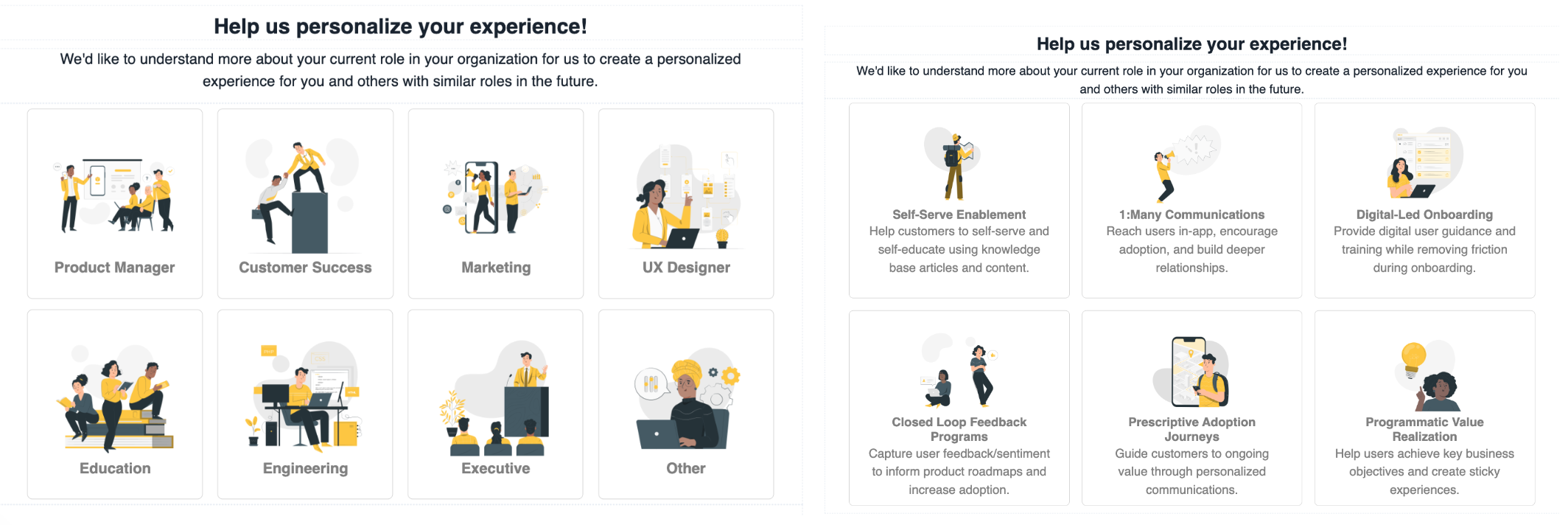
- Create a Structured Onboarding Journey: Develop a content calendar or onboarding journey that aligns with the user's usage and journey during the trial phase. Provide guides, tutorials, and well-crafted email content to educate and engage users, helping them navigate your product effectively.
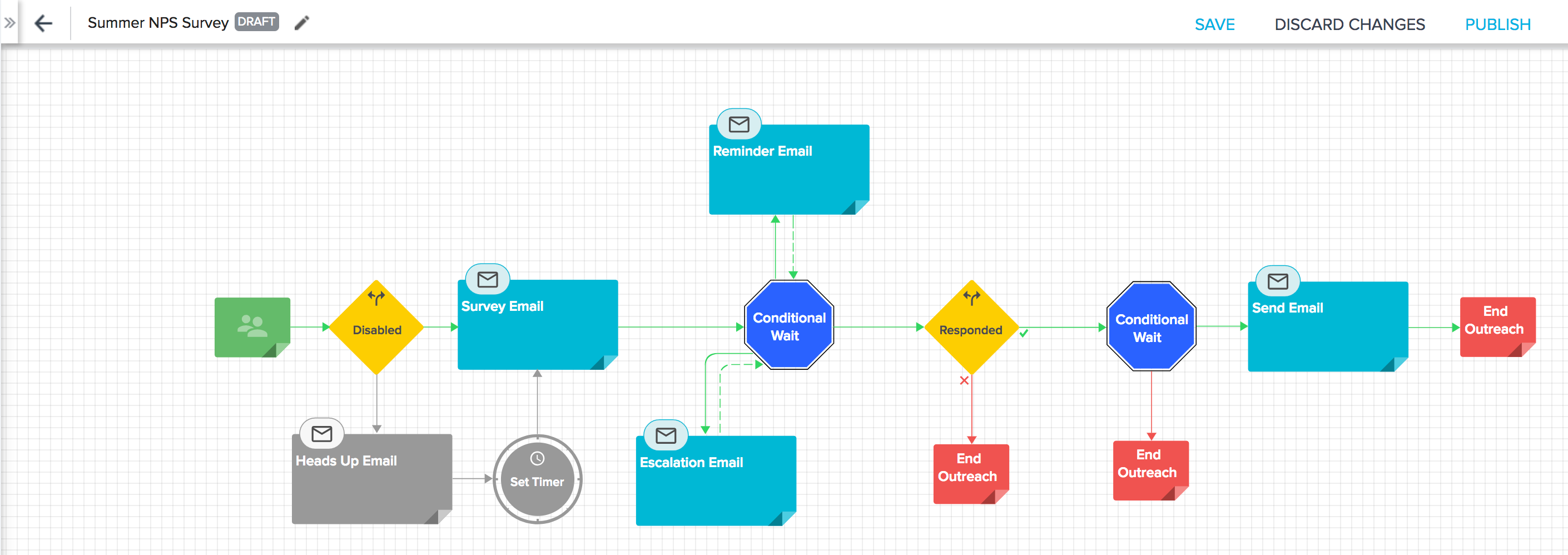
- Utilize Product Mapper in PX: Map out your product features and identify the key "aha" moments using the product mapper in PX. This will give you valuable insights into user usage patterns and behaviors, enabling you to optimize the trial experience.
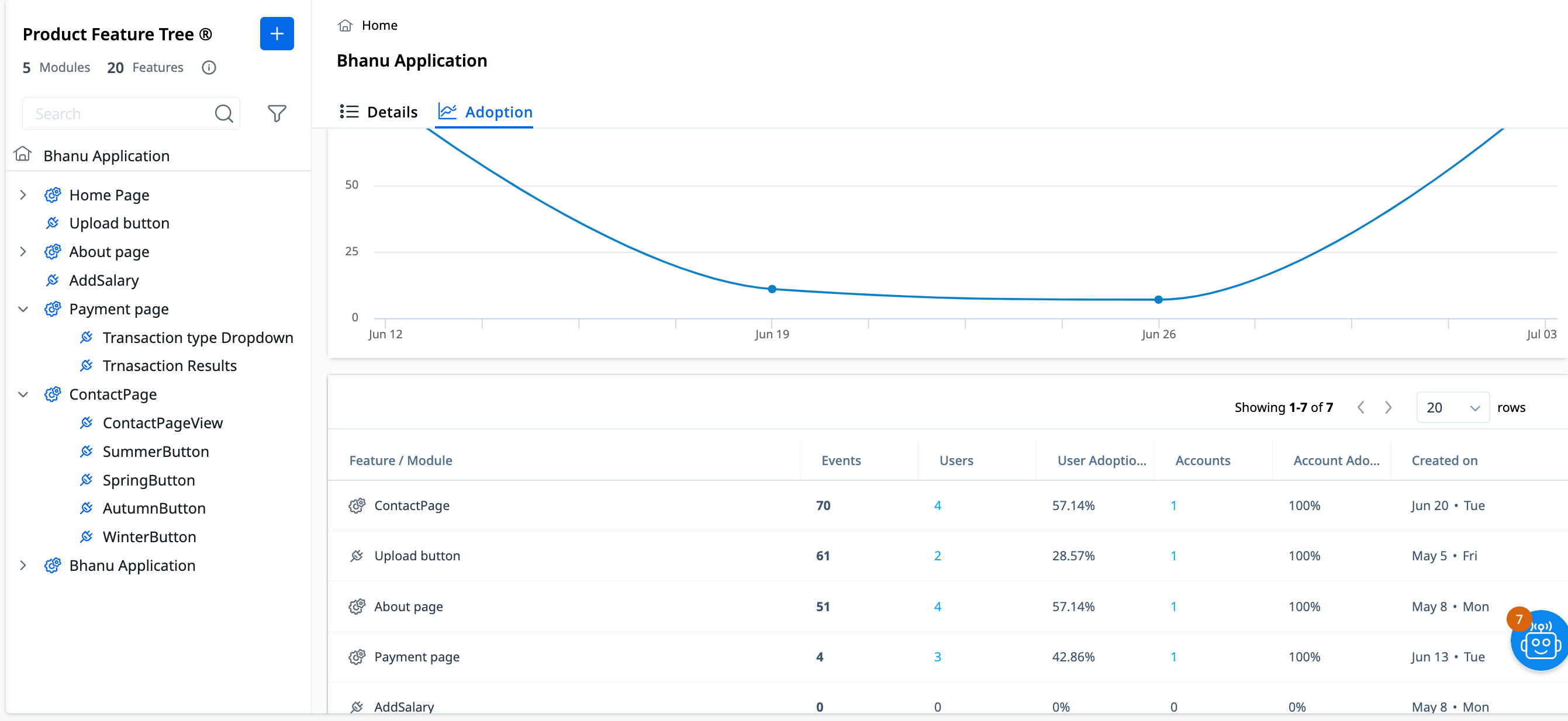
- Showcase Value and Personalize Onboarding: Throughout the user journey, highlight the value of your product using personalized onboarding bots and success stories. Tailor the messaging to address specific pain points and demonstrate how your product can help users achieve their goals.
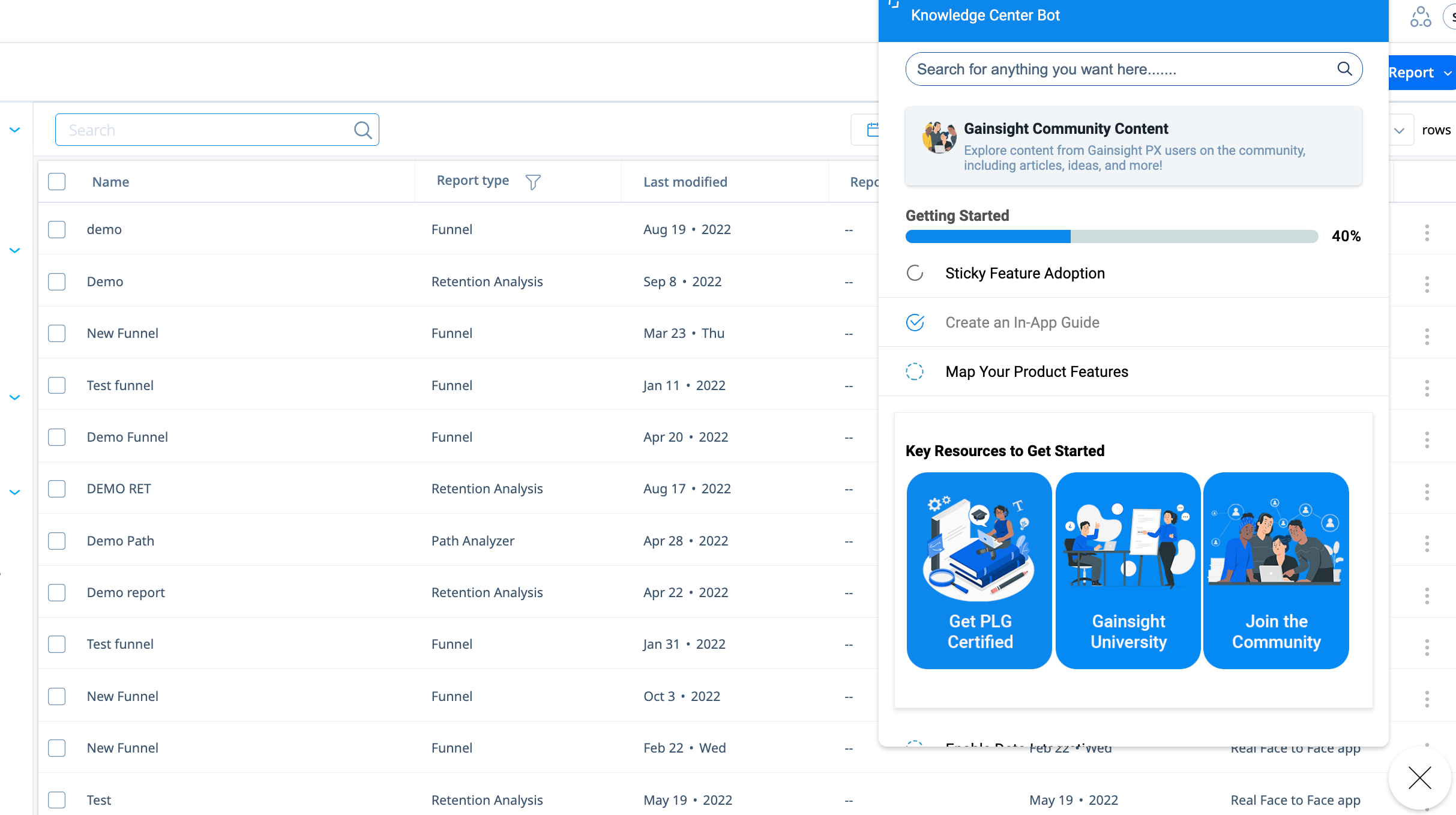
- Collect User Feedback: Implement surveys and feedback mechanisms based on user usage to gather valuable insights. Leverage this feedback to provide guidance, address challenges, and improve the trial experience. Actively listen to users and make adjustments accordingly.
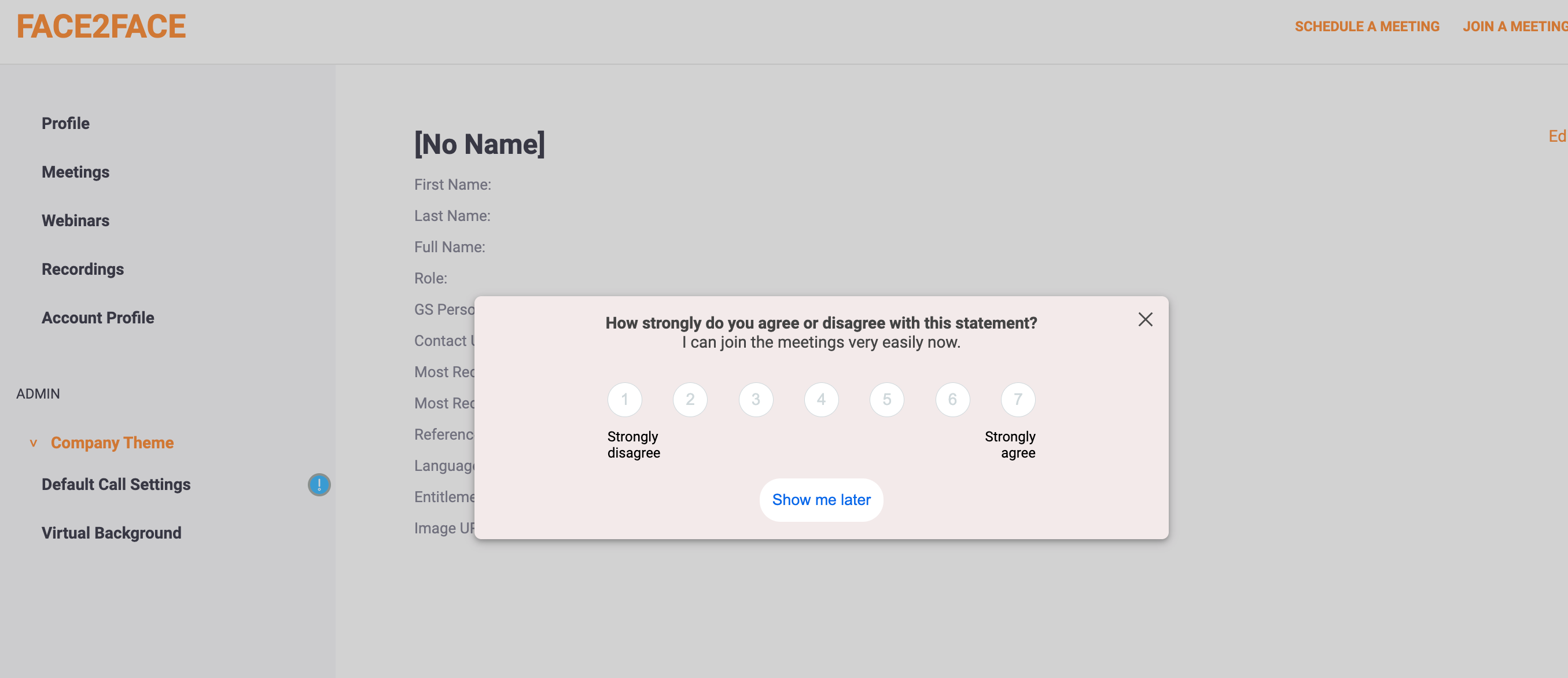
- Offer Personalized Support: Provide personalized support to users, showcasing advanced features and directly addressing their concerns. This can be through live chat, one-on-one consultations, or demos. Demonstrating your commitment to their success can significantly impact conversion rates.
- Create a Sense of Urgency: Use paywalls or notifications to alert users that their trial period is ending soon. Additionally, consider offering one-time discounts or exclusive bonuses to incentivize them to convert before the trial expires.
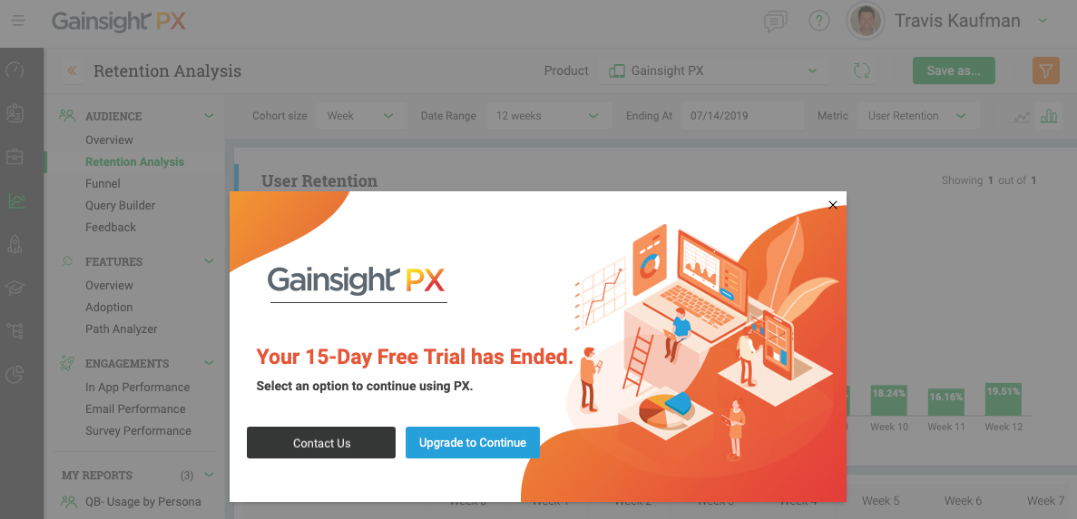
Don't lose out on potential users who didn't upgrade during the trial. Instead, focus on nurturing and engaging with them to increase the chances of conversion.
During the trial period, you can refer to various analytics to gain insights into user behavior and engagement. Here are some key analytics to consider:
- User Activation: Track the activation rate, which measures the percentage of trial users who complete key actions or reach important milestones within your product. This helps you understand how effectively users are adopting and engaging with your product during the trial.
- Feature Adoption: Analyze which features or functionalities trial users are utilizing the most. Identify popular features to reinforce their value and determine if any features are being underutilized, which may require additional guidance or promotion.
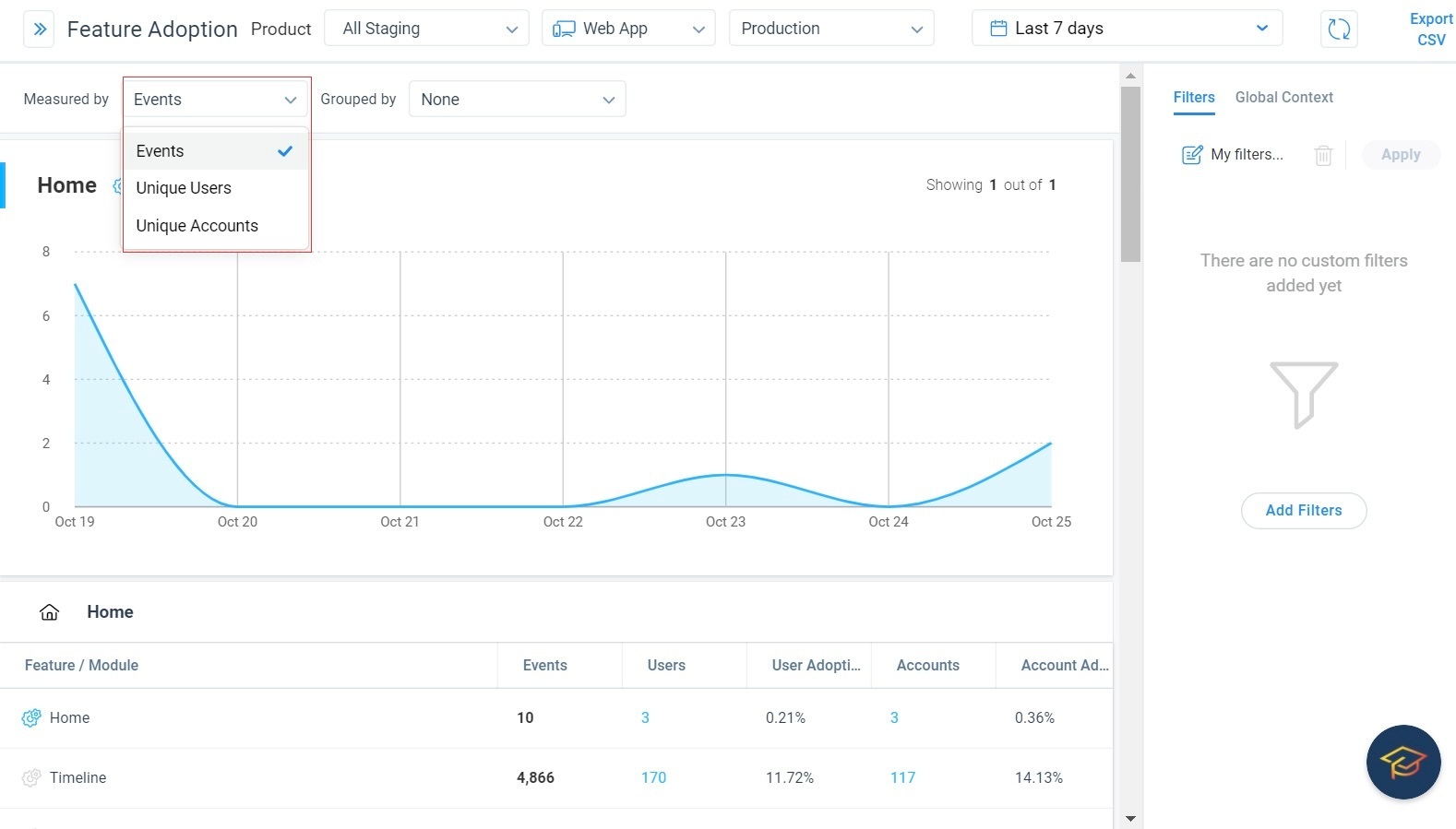
-
Usage Patterns: Monitor user activity and usage patterns during the trial. Track metrics such as login frequency, time spent on the product, and specific actions performed. This data can help you identify patterns, user preferences, and potential areas for improvement or optimisation.
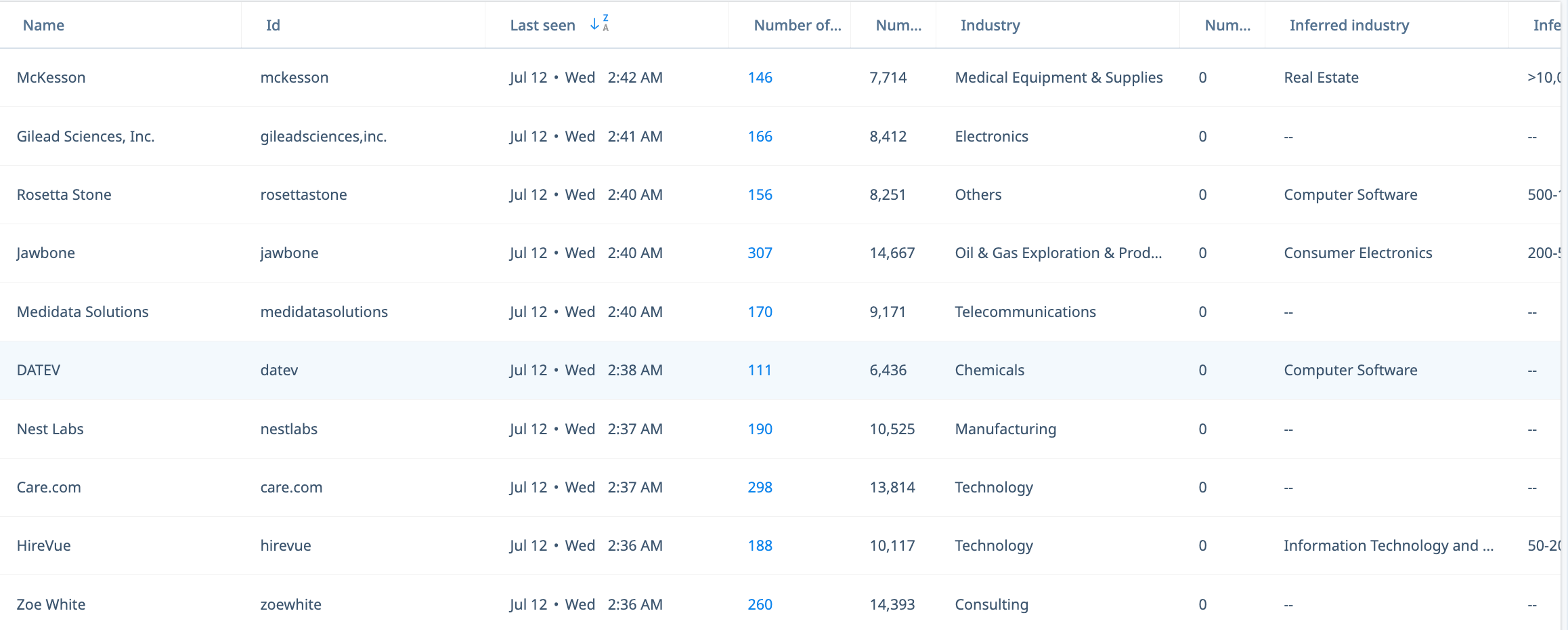
- Path Analyzer: Utilize the Path Analyzer to understand the user flow and behavior within your product during the trial. Analyze the most common paths taken by users, identify potential roadblocks or areas of confusion, and optimize the user experience to drive conversions.
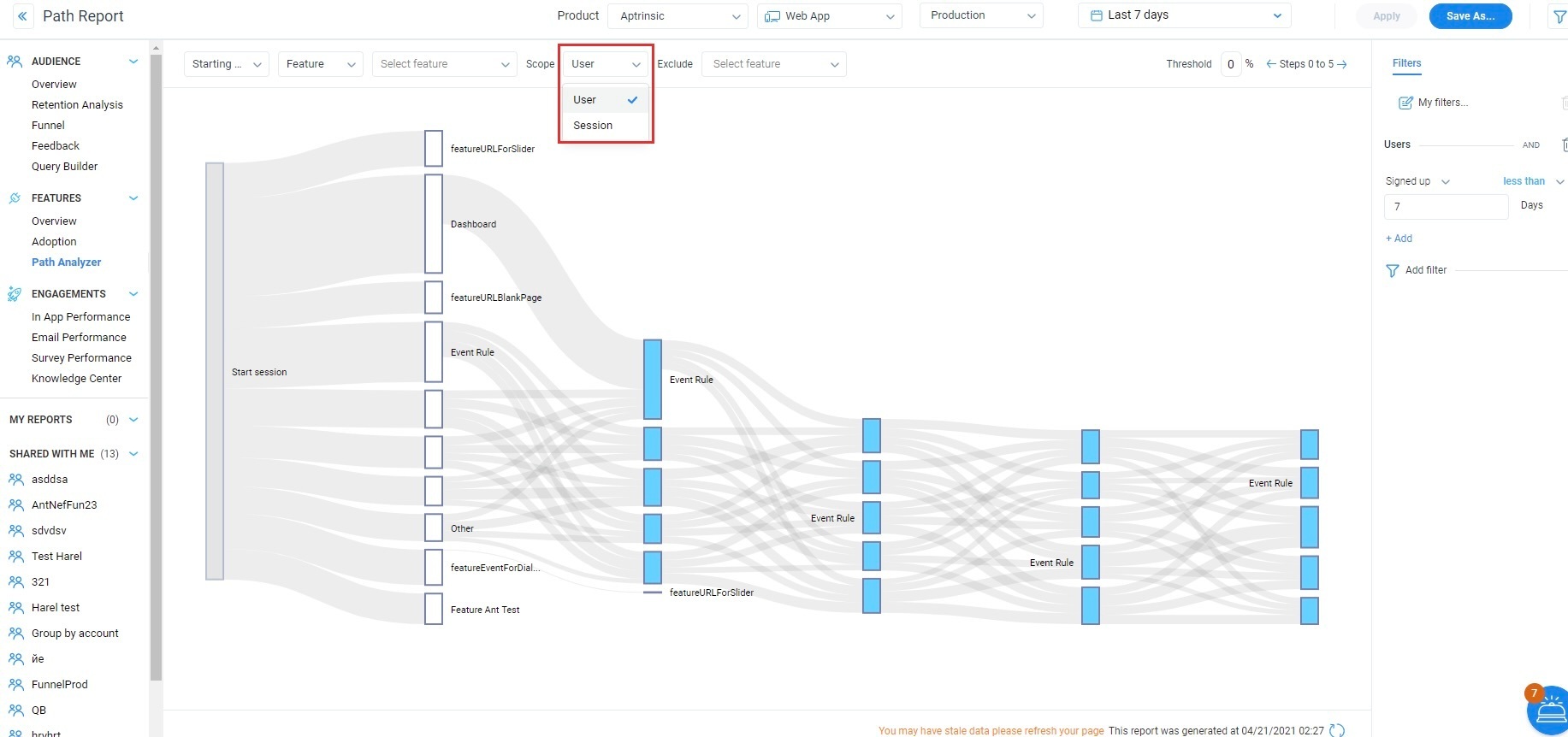
-
Funnel Analysis: Analyze the conversion funnel within the trial period to identify potential drop-off points. Determine where users are exiting the trial or not progressing toward key conversion actions. This allows you to identify friction points and optimize the user journey to improve conversion rates.
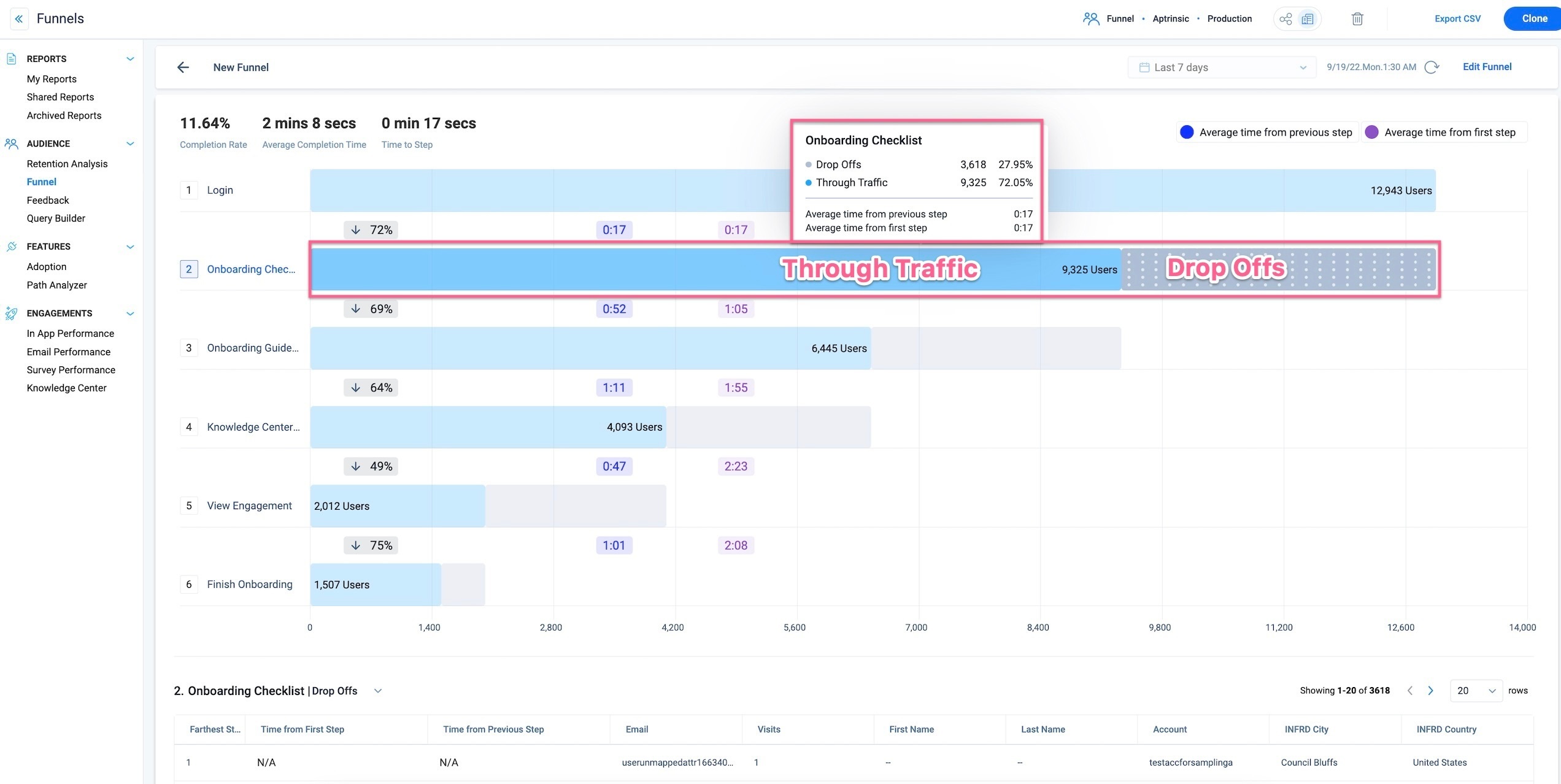
- Feature Engagement: Assess how trial users are engaging with specific features. Look at feature-specific metrics such as usage frequency, duration, or depth of feature exploration. This data helps you understand which features resonate the most with users and can inform future product development or marketing efforts.
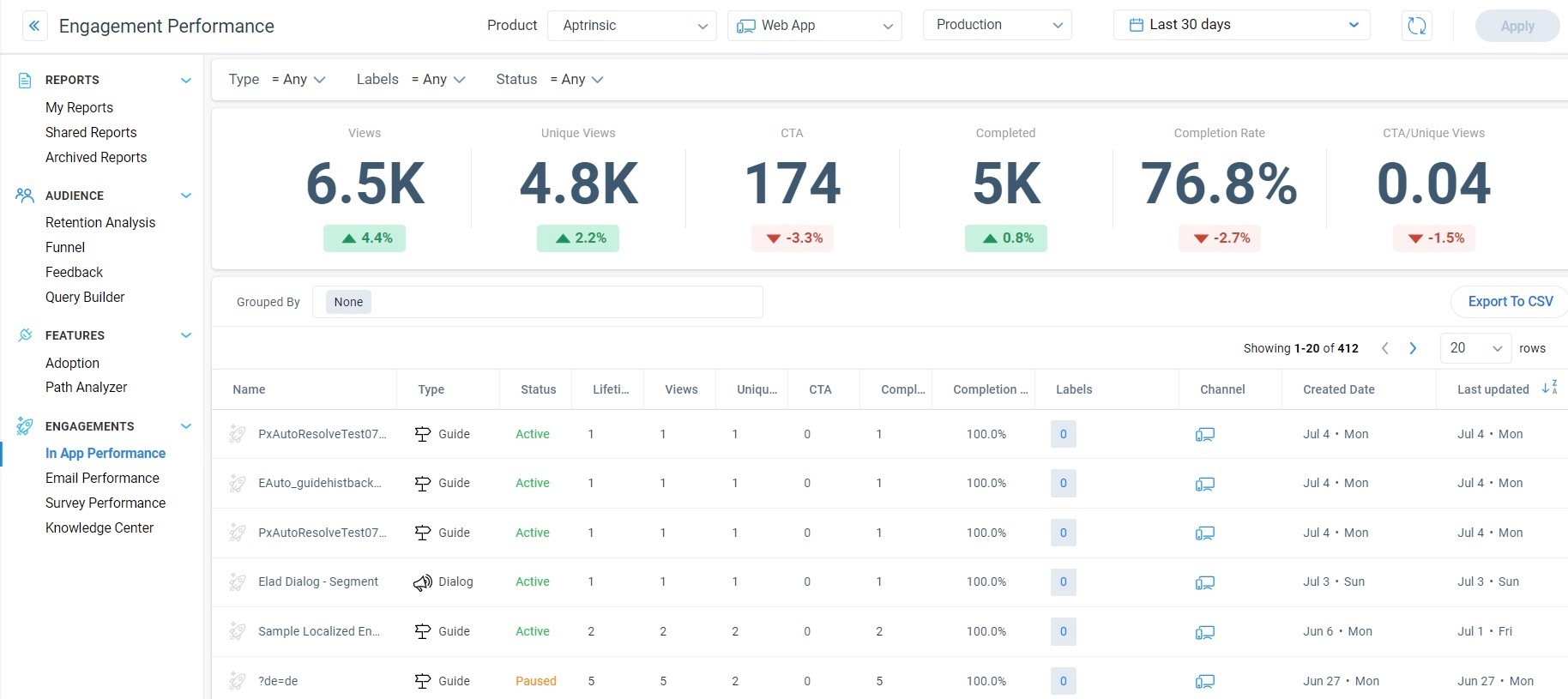
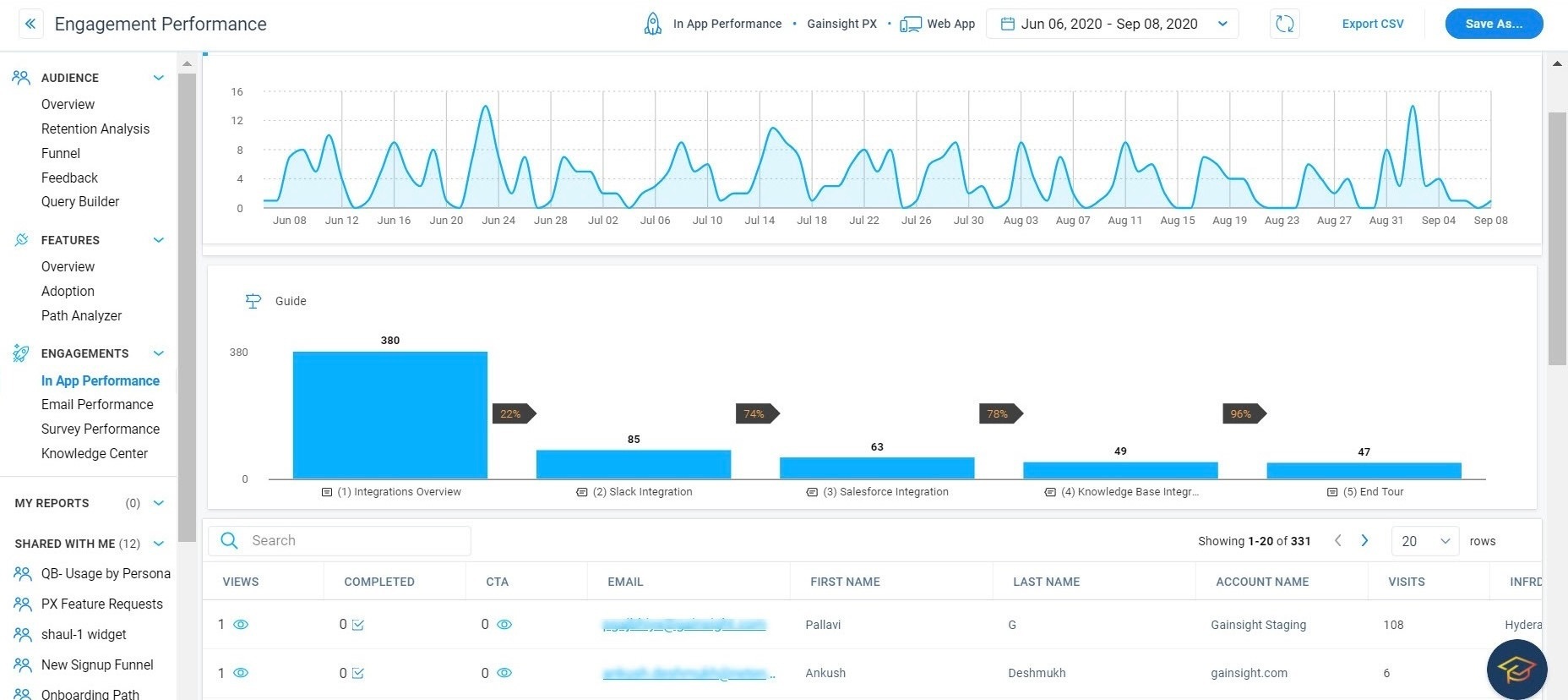
- User Feedback and Surveys: Incorporate qualitative data from user feedback and surveys. Analyze the feedback to gain insights into pain points, user preferences, and areas for improvement. This information can guide product enhancements and optimize the trial experience.
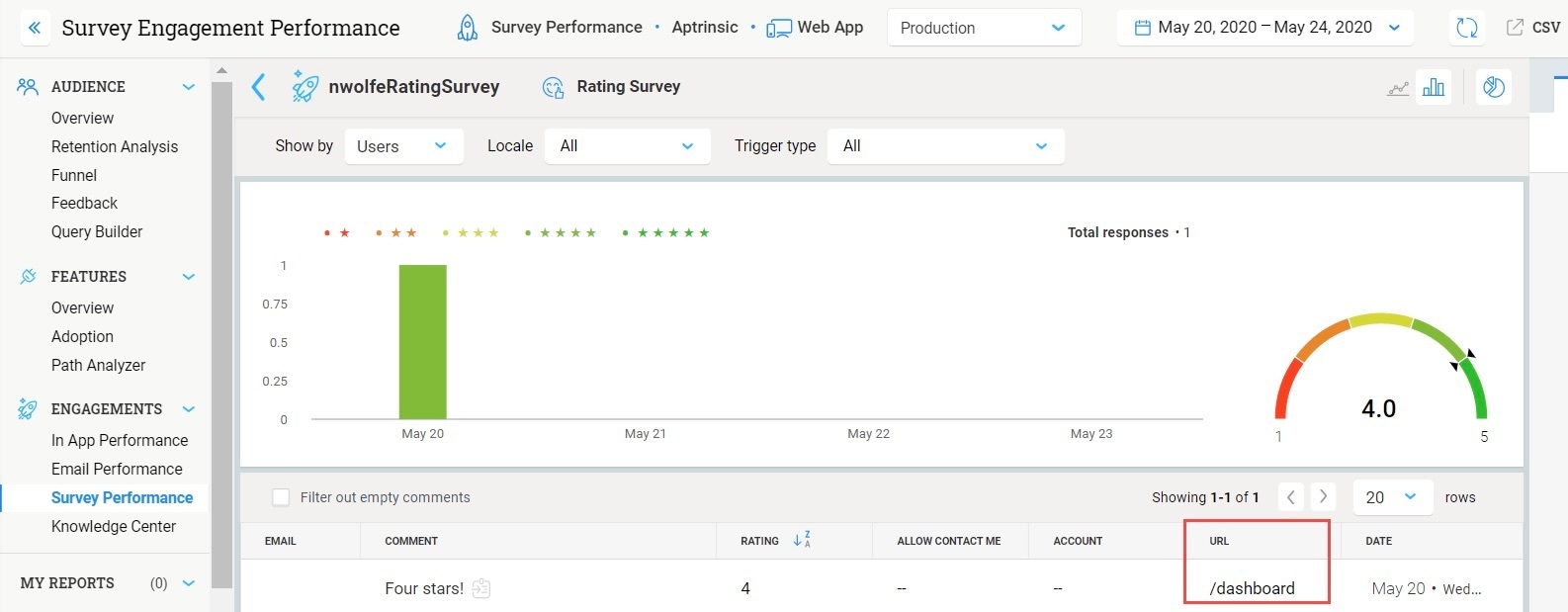
-
Retention Analysis: Evaluate user retention during the trial period. Measure the percentage of trial users who remain active and engaged over time. Identify factors or actions that correlate with higher retention rates and utilize this information to improve retention strategies.
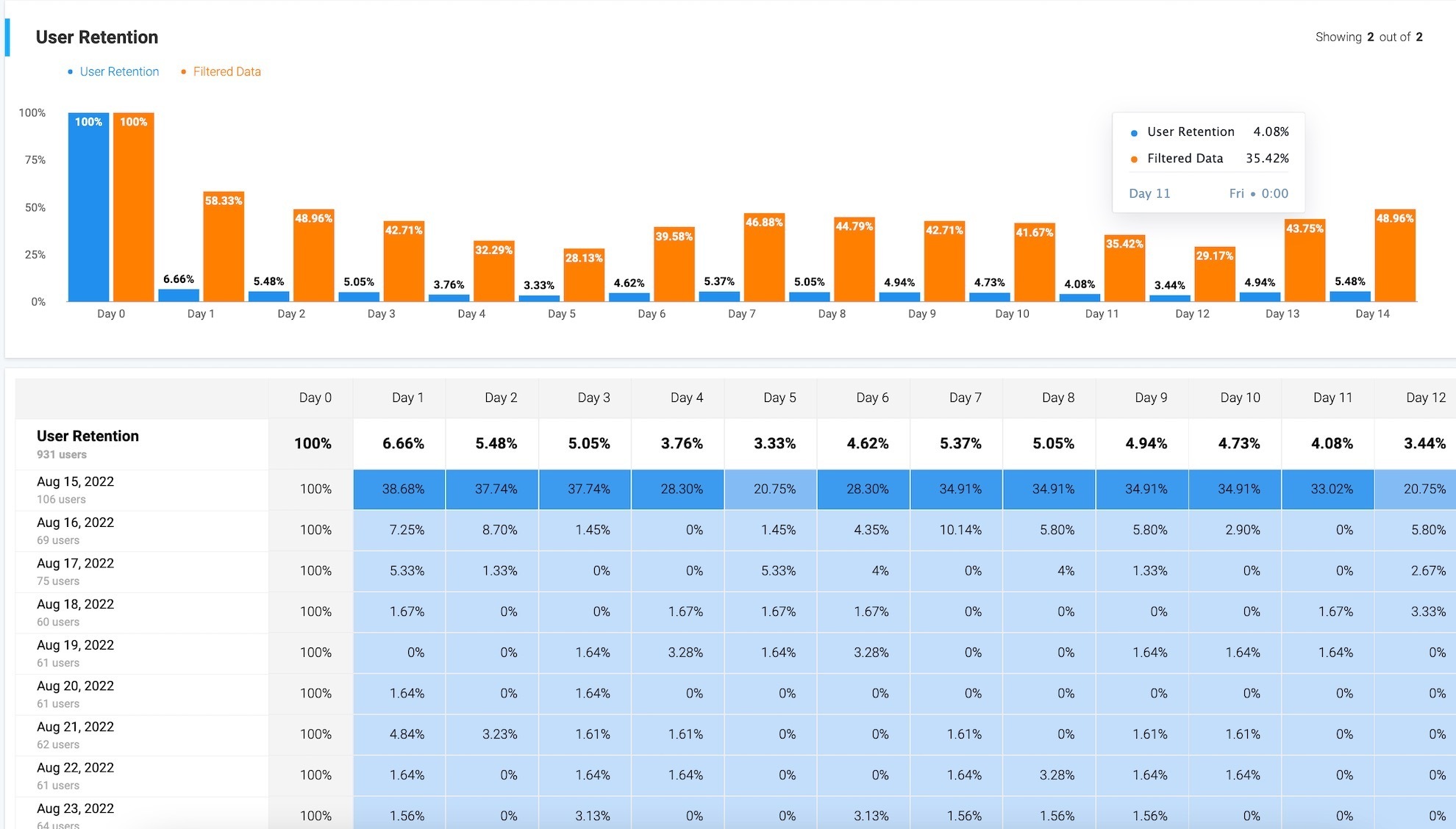
-
Trial-to-Paid Conversion Rate: Monitor the rate at which trial users convert into paid customers. This metric provides a direct measure of the trial's effectiveness and helps you assess the impact of various strategies or changes implemented during the trial period.
By analyzing these metrics and data points, you can gain a comprehensive understanding of user behavior, preferences, and barriers to conversion. This information empowers you to make data-driven decisions, improve the trial experience, and optimize the conversion process.
Let’s build an example 15 days trial period strategy:
Day 1-2: Welcome and Onboarding
- Send a welcome email or in-app message thanking users for signing up and providing them with a brief overview of what to expect during the trial.
- Offer a quick onboarding tutorial to help users get started with the product.
- Highlight the key features and benefits they can explore during the trial period.
- Encourage the users to set up accounts and provide users on how to get started effectively
Days 3-6: Showcasing Value
- Send targeted emails or in-app messages highlighting specific features or use cases of your product.
- Provide tips and best practices on how users can leverage the product to achieve their goals.
- Share success stories or case studies that demonstrate the value your product has delivered to other customers.
Days 7-10: Advanced Feature Showcase
- Introduce advanced or premium features that are available only in the paid version.
- Provide tutorials, videos, or webinars demonstrating how these features can further enhance the user experience and deliver additional value.
- Highlight the advantages of upgrading to the paid version to unlock these advanced capabilities.
Days 11-13: Personalized Support and Engagement
- Reach out to users individually, offering personalized support based on their usage and needs.
- Schedule a one-on-one consultation or demo to address specific questions or concerns and showcase how your product can solve their unique challenges.
- Share user testimonials or reviews that highlight the positive experiences of others who have upgraded to the paid version.
Days 14-15: Limited-Time Offer and Call-to-Action
- Create a sense of urgency by notifying users that their trial period is about to expire.
- Offer a limited-time discount or an exclusive bonus for upgrading to the paid version before the trial ends.
- Clearly communicate the benefits of upgrading and how it will continue to address their needs beyond the trial.
- Provide a seamless upgrade process, ensuring a smooth transition from the trial to the paid version.
Remember to continually analyze and improve your trial process based on user feedback and data to enhance the overall user experience.
Happy PXing!!